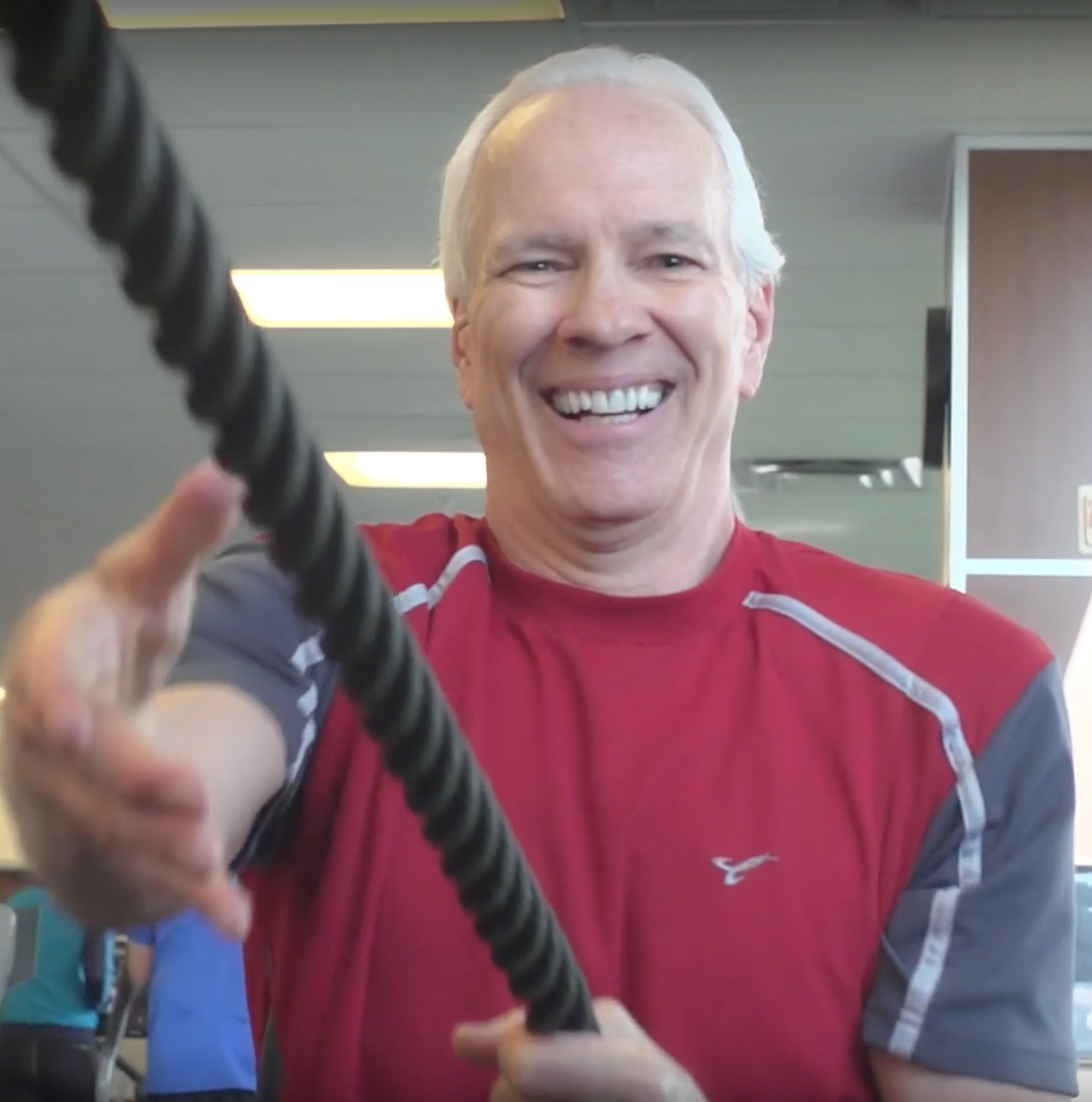Younger, stronger, sharper. Tracking the benefits of physical activity over the long term
The Baby Boomers were in their 20s when aerobics became the favourite workout and when people started jogging to stay in shape. After the fitness trend took hold in the late 1970s, people became healthier over the years -- cholesterol and blood pressure levels fell, and deaths from heart disease dropped dramatically.

Four decades later, those who started on the ground floor with regular physical activity are realizing its long-term benefits in obvious (and not-so-obvious) ways, says Dr. Paul Oh, medical director of the Cardiovascular Prevention and Rehabilitation Program at the Toronto Rehabilitation Institute.
Although regular exercise has huge benefits at any stage of life and for any length of time, Dr. Oh lists these top 5 benefits of sticking with physical activity over the long-term.You’re less likely to get dementia: Physical activity plays a significant role to keep us mentally agile in our senior years. Research indicates that physical activity improves cognitive function, but a decline in fitness explains why some people are more prone to dementia than others. Another study found those who exercised at least twice a week during middle age were much less likely to develop dementia by the time they reached their 60s and 70s.
It helps fight frailty: After age 30 we tend to lose one-third of a pound of muscle per year, and our bones become weaker if they aren't subjected to weight-bearing exercise. Studies show regular strength training can triple overall muscle mass in older adults.
It helps you relax and puts you in a better mood: Exercise produces feel-good hormones that act as anti-depressants. Being physically active also simulates stress – we sweat, our heart races, our mind is on alert. This exposure helps equip the body to handle the ‘fight-or-flight’ reaction that happens when we’re anxious.
Your heart gets stronger: Regular moderate- and vigorous-intensity physical activity strengthens your heartmuscle, improving its ability to pump blood to your lungs and throughout your body. Being active also boosts production of high-density lipoprotein (HDL), or ‘good,’ cholesterol and decreases unhealthy triglycerides. This keeps blood flowing smoothly and decreases the risk of cardiovascular diseases.
It keeps you young (ish): A recent study tracked a group of people in their 70s who had been running regularly for 40+ years and compared them to young adults. Although the active elderly group did have lower aerobic capacities than their younger counterparts, their capacities were about 40 percent higher than inactive adults their age. The active, older adults had the cardiovascular health of someone 30 years younger and far more than the muscles of more sedentary seniors.
Dr. Oh is available to talk more about the benefits of regular physical activity over the longer term and its potential to improve physical and mental health as we age. We can also put you in touch with fitness experts and physically active older adults in your area to talk more about how physical activity changes the aging experience.
Below are two long-term gym-goers (40 years) who joined GoodLife Fitness when it first opened and haven't missed more than a week or two since. Both are also available to share their stories.

Ken Eady made a pact with his two older brothers when he was in his early teens. After watching their 53-year old father suffer his third heart attack, they promised each other they wouldn’t allow heart disease to cut their lives short.
Ken began working out 2-3 times a week and joined the first GoodLife Fitness club in 1979. Ken is still going strong in his late 60s. Although he had to stop playing sports after numerous surgeries, he has found other physical outlets in kayaking and paddle-boarding.
Paul Coleman began working out in 1981. Livestock and cash crop farmer by trade, Paul was already strong, but he wanted cardio training to keep him fit for his other job as a referee with the Ontario Hockey League. That’s what led him to the gym, but he keeps coming back because of the friendships he has developed.
Nearly 40 years later, Paul jokingly describes himself as the ‘oldest, fattest fit guy at the gym.’ While he’s never been a goal-oriented person, fitness is now ingrained in his lifestyle and you can find Paul working out four to six times per week.
